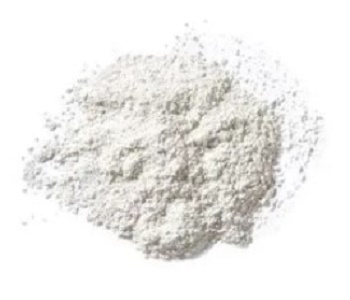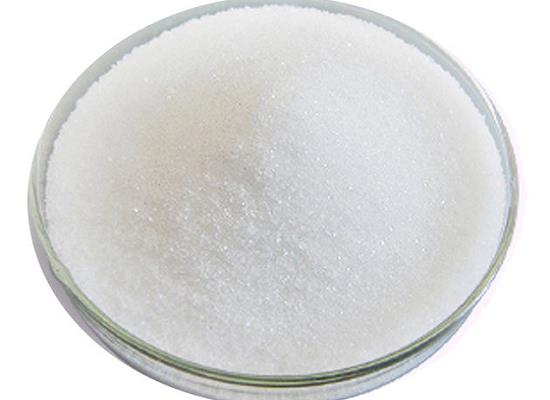Trospium chloride: Biological action, Pharmacodynamics, and Pharmacokinetics
Description
Trospium chloride, also known as azonia-spiro[3-α-benziloyl- oxy-nortropane-8,1′-pyrrolidinium]-chloride, was introduced as a spasmolytic agent in 1967 in Germany. It is a white to off-white crystalline solid with the chemical formula C25H30ClNO3.

Biological action
Trospium chloride, a quaternary amine with anticholinergic properties, is used for the treatment of overactive bladder with symptoms of urge urinary incontinence, urgency, and urinary frequency[1]. Because of their innate physicochemical properties, the quaternary amine compounds have a reduced capacity to cross the unaltered blood–brain barrier and, therefore, might be associated with fewer CNS side effects than several other antimuscarinics, which are predominantly tertiary amine agents.
Pharmacodynamics
Trospium chloride is an orally active, quaternary ammonium compound with antimuscarinic activity. It binds specifically and with high affinity to muscarinic receptors M(1), M(2), and M(3), but not nicotinic, cholinergic receptors.M3 and probably M2 receptors are responsible, at least in part, for the ambient contraction of normal micturition, as well as in the pathogenesis of detrusor overactivity, whereas the role of other subtypes is less well defined. Compared with other antimuscarinic compounds, trospium chloride has the highest overall affinity to M2 and M3 receptors. Depending on the parameters, several studies have demonstrated that the trospium chloride dose required to produce an equivalent response is three times lower than atropine and almost 100 times lower than hyoscine-butyl bromide[2].
Pharmacokinetics
As Trospium chloride is poorly metabolized in the liver, the pharmacokinetic behavior of this compound is determined mainly by the parent compound, largely involving drug transport across the plasma membrane. Its oral bioavailability is below 10%, and its penetration across the blood–brain barrier is highly restricted. The maximum blood levels following oral dosing are reached in 5 – 6 h and the elimination half-life is 13 – 20 h. There is no accumulation of trospium chloride after repeated oral dosing and no age- or gender-dependent intestinal absorption or elimination of the compound. Trospium chloride has a reduced bioavailability with food; therefore, this agent should be taken at least 1 h before eating or on an empty stomach[3]. In humans, Trospium chloride is largely excreted via tubular secretion into the urine and via feces, suggesting a role of drug transporters for its excretion through the liver and kidneys. In vitro, studies have shown that Trospium chloride is a transport substrate of the organic cation transporters OCT1 and OCT2, as well as of the multidrug and toxin extrusion MATE1 and MATE2-K carriers.
References
[1] Madersbacher H, et al. Trospium chloride: the European experience. Expert Opinion on Pharmacotherapy, 2006; 7: 1373-1380.
[2] Doroshyenko O, et al. Clinical pharmacokinetics of trospium chloride. Clinical Pharmacokinetics, 2005; 44: 701–720.
[3] Gorecki M, et al. Trospium Chloride Transport by Mouse Drug Carriers of the Slc22 and Slc47 Families. International Journal of Molecular Sciences, 2020; 22: 22.
);Related articles And Qustion
See also
Lastest Price from Trospium chloride manufacturers

US $55.00-550.00/kg2024-05-10
- CAS:
- 10405-02-4
- Min. Order:
- 10kg
- Purity:
- 0.99
- Supply Ability:
- 20tons

US $0.00/KG2023-11-27
- CAS:
- 10405-02-4
- Min. Order:
- 1KG
- Purity:
- 99%
- Supply Ability:
- 20 TONS



